Gardeners usually find it challenging to grow peppers because they often get smaller and less flavorful varieties than the ones they buy in the stores. To avoid this adversity, try to put pepper companion plants while they are growing.
This technique is an ancient planting system that imitates symbiotic relationships where plants give and receive something. Companion plants for pepper vary from vegetables, herbs, and flowers.
Growing individual plants with your pepper will efficiently maximize your garden space. Make sure you grow plants next to each other that do well together by checking this best pepper companion plants chart!
What Should not be Planted Next to Peppers?

Herbs are excellent choices of pepper companion plants. Tucking them among your pepper will attract beneficial insects, resulting in their pest-eating larvae that eat harmful insects.
1. Basil

Peppers benefit from basil. It improves their flavor and repels some bothersome pests like aphids, ants, spiders, mites, slugs, thrips, flies, mosquitoes, and certain beetles. Altogether, the ingredients for spaghetti sauce are compatible in your garden.
2.Parsley

Parsley makes an excellent companion for peppers. Like basil, their flowers attract beneficial predatory wasps that feed on aphids and tripe. High in vitamins and rich in flavor, parsley also provides some shade and cover for bare soil.
3. Marjoram

This pungent herb helps to enhance the flavor of your peppers and also repel insects. Its lower-growing nature won’t compete for space in your pepper garden.
4. Rosemary
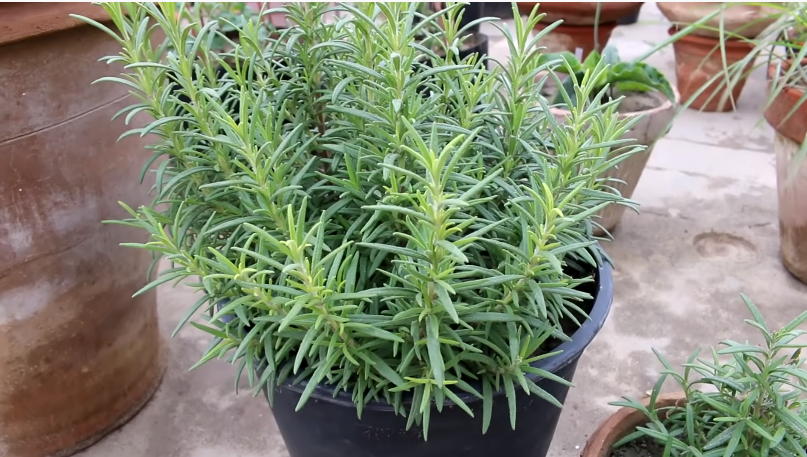
Scientists found that rosemary outperforms other companion plants in decreasing the reproduction of aphids on the pepper leaves. It also serves as a bare soil cover and thus minimizes high evaporation rates.
5. Oregano
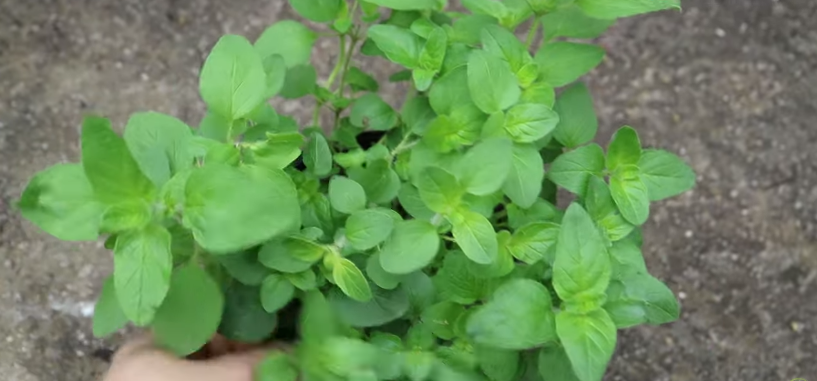
Oregano and peppers are dynamic duos in many recipes. Growing it around peppers deters most insect pests, and the blooms attract pollinators. Its short stature not only covers bare soil but also saves us more space for peppers to grow.
6. Dill

Invite ladybugs and black swallowtail butterflies to visit your peppers garden with dill’s beautiful firework blooms that also repels spider mites and aphids. Dill may improve the flavors of your peppers too.
7. Coriander & Cilantro

Growing cilantro in the shade of your peppers makes it lusher and bushier. When it blooms, the flowers attract pollinators and discourages aphids at the same time.
8. Lovage
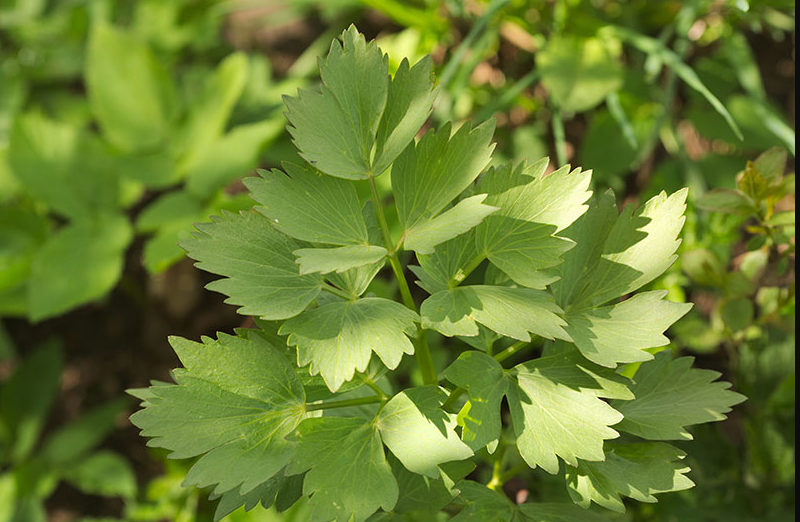
Plant lovage to improve both the health and flavor of your peppers. The tall plant also protects peppers from drying winds and sun.
9. Thyme

This aromatic and spicy herb is another good choice to grow among your pepper plants because the blooms attract a drove pollinator.
10. Chives

Chives also make excellent companion plants for peppers because it improves the flavor and the yields. Their edible purple blossoms dazzle bees. Growing chives itself gives a never-ending benefit because it is perennial.
Pepper Companion Plants – Vegetables
Pepper will always be an excellent addition to your vegetable recipes. Growing them together in one space gives an advantage to one another. Some vegetables below make great pepper companion plants.
11. Leeks
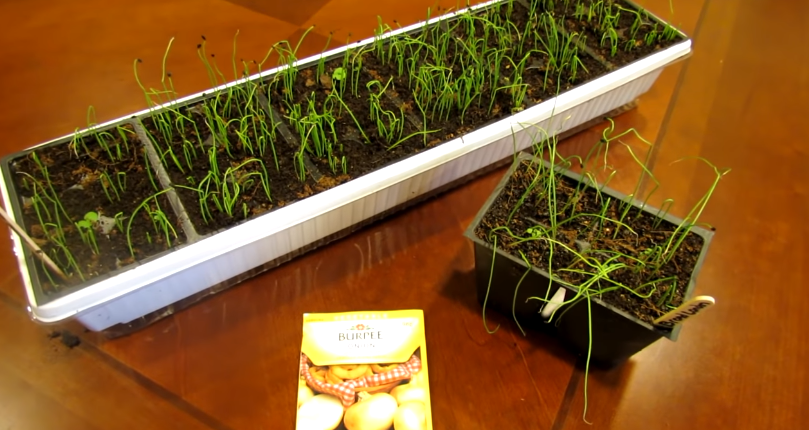
Leeks don’t take a lot of space, so growing them helps fill in empty rooms among your pepper plants. They enhance flavor and repel some garden pests such as carrot flies.
12. Buckwheat
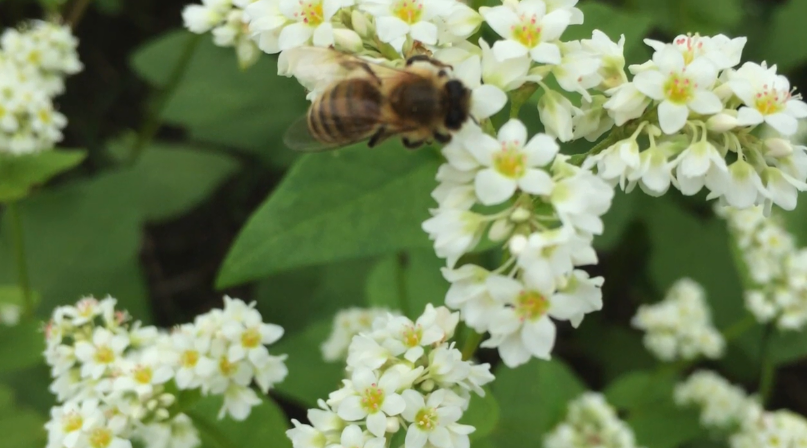
Buckwheat creates a lot of benefits in a pepper garden. It draws pollinators and other beneficial insects. You can also make a green mulch by cutting and chopping the buckwheat and laying it on the garden beds.
13. Tomatoes

Tomatoes give peppers some protection from the sun during the hot day. Moreover, they keep away the harmful soil nematodes and beetles. But, make sure to rotate them to a different area the next season, so they don’t forward overwintering pathogens.
14. Eggplant

Pepper and eggplant belong to the same family of nightshade, and they enjoy the same soil conditions. But it is better to rotate your beds the next year to prevent more disease and pest problems.
15. Carrots
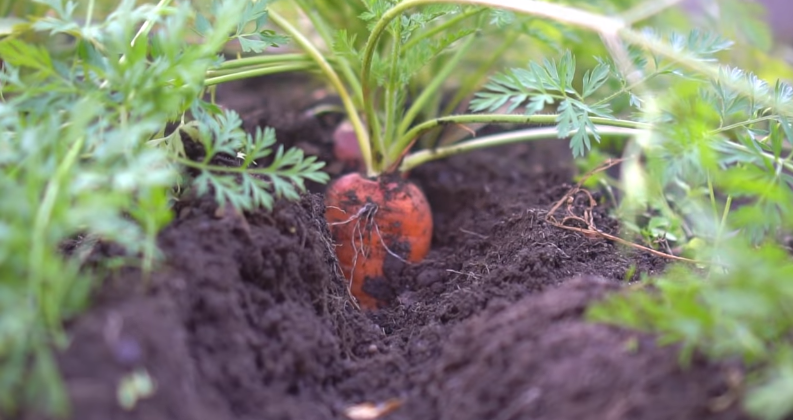
Carrots will do well when grown in close range to peppers. They provide a living mulch as weed control and create moist soil conditions that peppers like. On the other side, peppers will make carrots taste sweeter and provide them shade.
16. Cucumber

Vining vegetable plant like cucumber is a perfect compatible pair of pepper. They will live happily in the same growing conditions. And who won’t like spicy pickles that you pick from your garden?
17. Radish

Growing radish around peppers enhances flavor and covers bare soil to choke out weeds. Renowned for being one of the easiest root vegetables, growing radish takes up only 3 or 4 weeks from seed. It allows fast regeneration to the peppers growing bed.
18. Squash
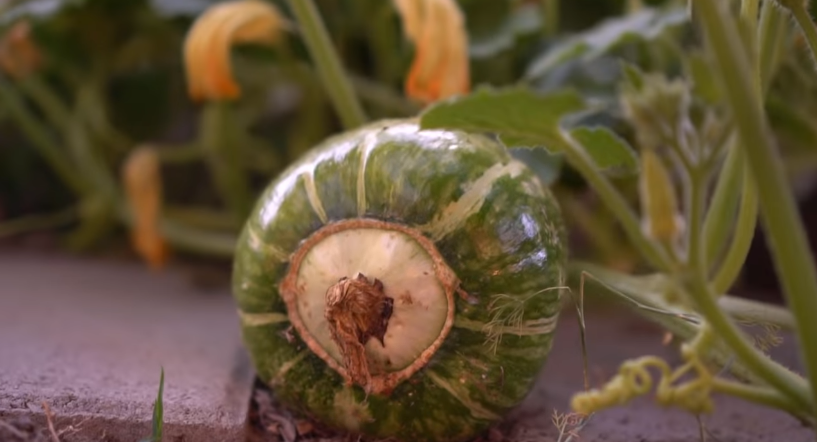
Pepper can happily grow near squash. The broad leaves shade and cut down on the garden’s weeds. Nevertheless, don’t grow them too close. Otherwise, your pepper won’t get enough sunlight.
19. Spinach
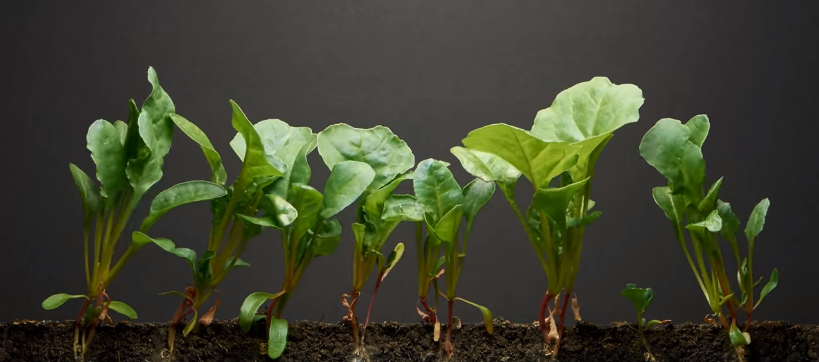
Spinach is an excellent companion to peppers. Due to the short stature and fast maturation, it crowds out weeds and shade out peppers, and serves as a living mulch.
20. Okra
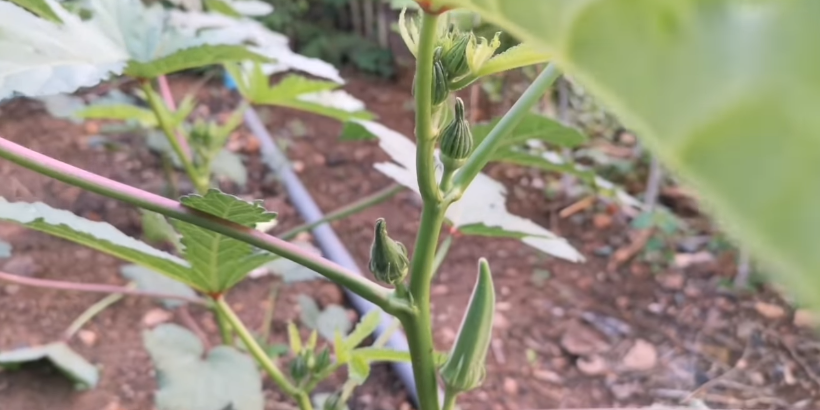
Okra and peppers will protect each other from damage by pests. Pepper will destroy cabbage worms, which is the most significant nuisance to okra. Okra, otherwise, protect peppers from wind and gives shade in the heat of summer.
21. Lettuce

Lettuce is one of the best pepper companion plants because they don’t compete for the same nutrients. They are mutually beneficial as lettuce gives more humidity to peppers and at the same time receives shade from them.
22. Swiss chard

Due to its low-growing shallow roots, interplanting swiss chard with peppers gives you edible ground cover that crowds out weeds. Moreover, it offers partial shade and protects peppers from winds.
23. Beets
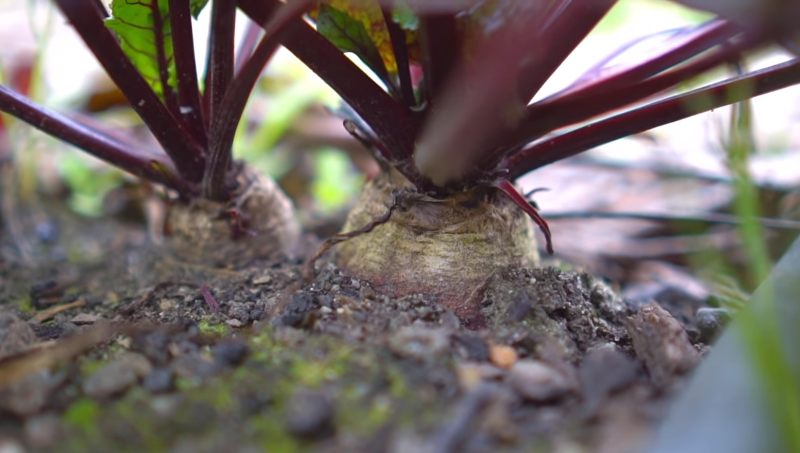
Beet is a living edible mulch around your peppers that shades and keeps the soil moist.
24. Garlic

Known as a primary spice for almost all meals, growing garlic around peppers maximizes your garden space. It is excellent to control pests like aphids, beetles, and spider mites.
25. Parsnips
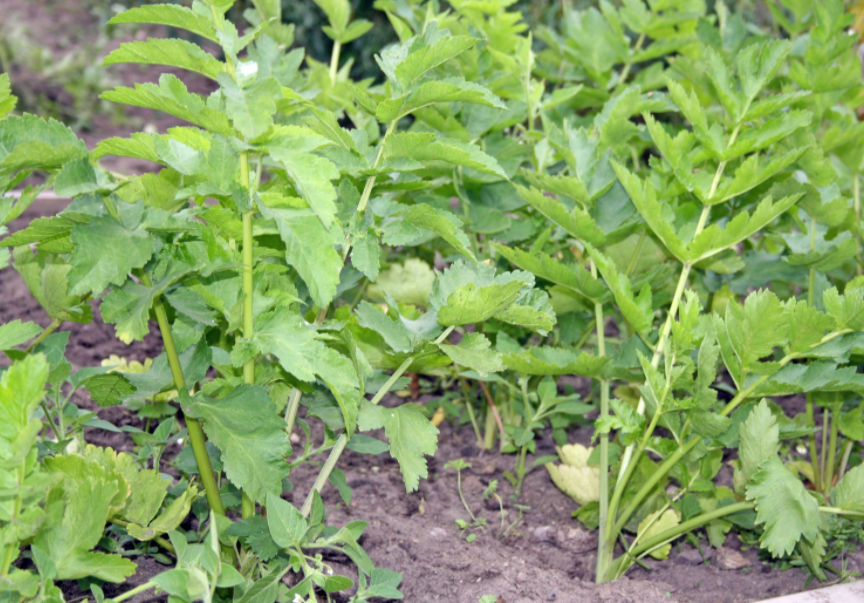
Usually isn’t everyone’s favorite, but planting parsnips around peppers helps retard weeds and keep the soil shaded and moist.
26. Corn

This giant summer vegetable serves as a windbreak and sun barrier to peppers because of its tall-growing habit. It is also a trap crop for aphids.
27. Onions
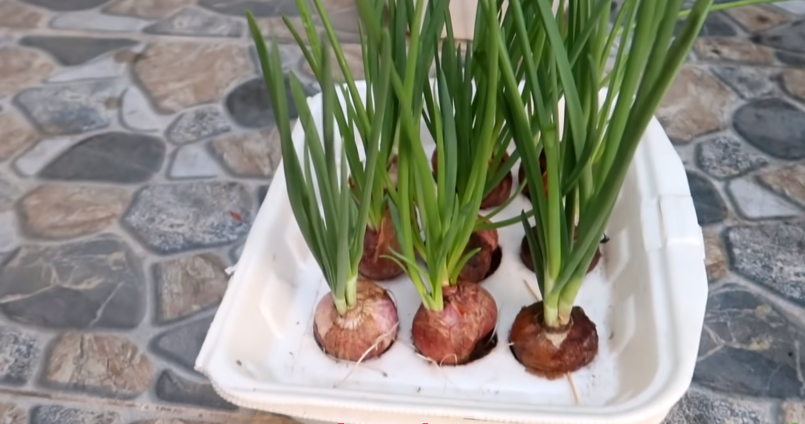
Compatible to interplant with almost other vegetables, onions don’t take up large room above the ground. It also deters insects such as aphids, slugs, cabbage worms from the pepper.
28. Asparagus

Asparagus is another space saver when planted with pepper. You can grow peppers in the asparagus patch during the summer, after you harvest the asparagus, to optimize the use of the space.
Pepper Companion Plants – Flowers
Many flowers also make terrific pepper companion plants because they invite pollinators.
1. Nasturtium
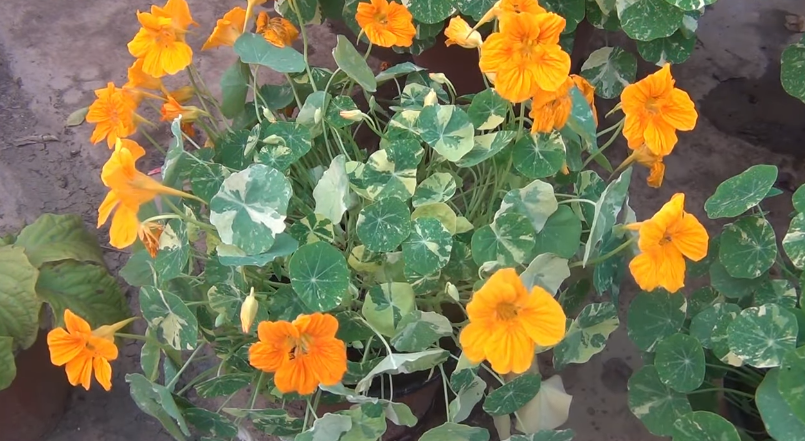
Gardening Upbeat
Not only stunning, but nasturtium also deters aphids, beetles, squash bugs, whiteflies, and other pests away from peppers. The edible flowers and leaves, not surprisingly, attract bees and other pollinators.
2. Geranium
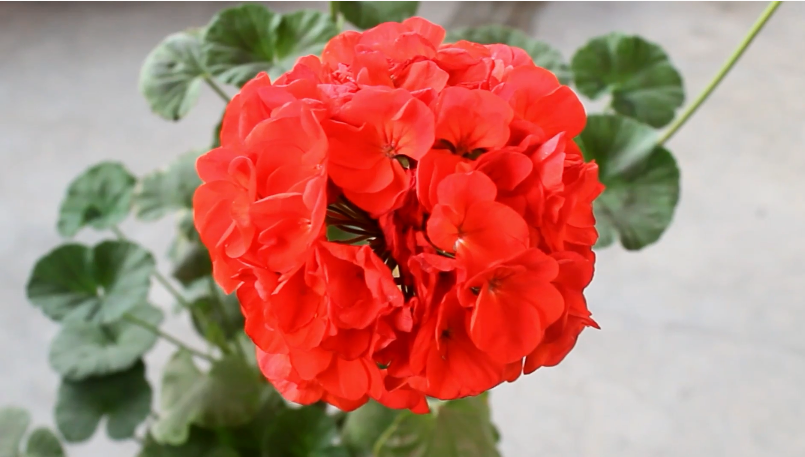
Geranium is one of the best pepper companion plants because it repels cabbage worms, Japanese beetles, and other harmful insects. The geranium leaves will paralyze the Japanese beetle so that you can pick them off easily.
3. Petunia

Gardening Upbeat
In addition to giving a splash of color to your pepper garden, petunia also repels pests such as asparagus beetles, leafhoppers, tomato worms, and aphids.
4. Marigold

Shows up in almost companion planting lists, marigold can deter aphids, beetles, nematodes, whiteflies, slugs, aphids, potato bugs, and squash bugs on peppers.
5. Lavender
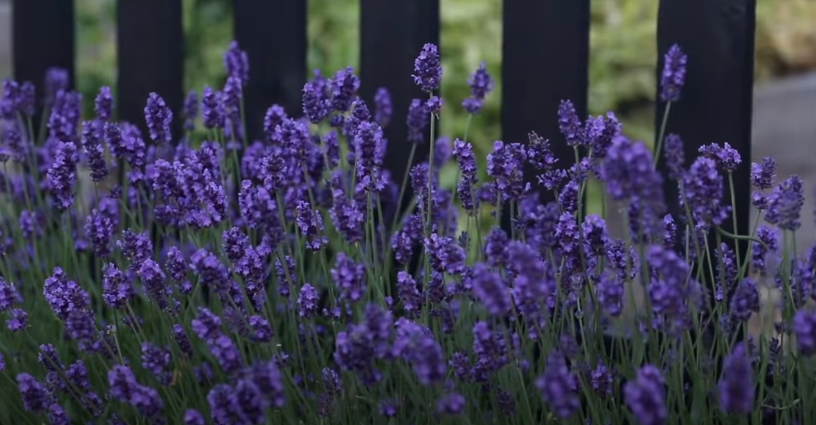
Garden Answer
Like many other flowers that deter aphids on peppers leaves, lavender will be a good companion. But be careful not to plant lavender so close to your peppers since peppers like the full sun!
6. Coneflower

Coneflower is a perennial that draws bees and other pollinators. Just plant it once, and you’ll get coneflower back in next summer.
7. Alliums
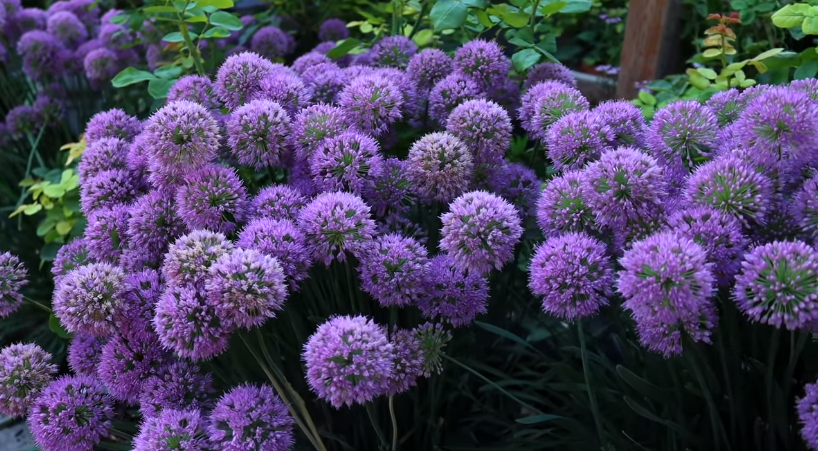
Alliums can be good pepper companion plants because they emit a strong scent that keeps the pests away. Gardeners commonly use alliums as a pest management crop and plant them in little pockets throughout the garden.
How far apart should peppers be planted?
There is no fixed distance between pepper plants. It varies depending on the type of pepper you grow. For example, sweet peppers need to be planted in rows approximately 1 meter (3 feet) apart, while hot peppers need to be planted in rows that are 3 meters (10 feet) apart.
Conclusion
Aside from the long list of best pepper companion plants, there are also some plants that you mustn’t grow along with peppers in one area since they may harm one another. Fennel, brassica family, potatoes, beans, and peas are bad companions for pepper.
